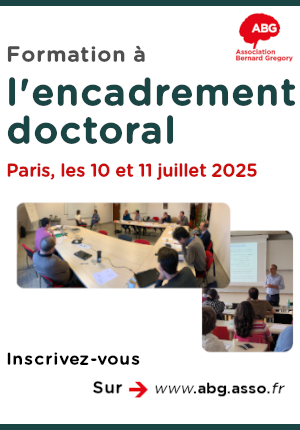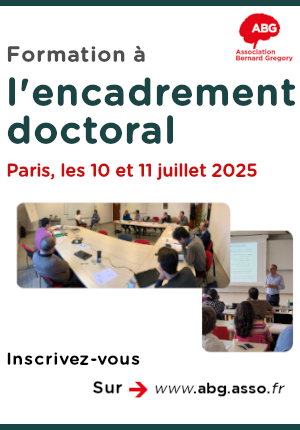Biodiversité de la photoinhibition // Biodiversity of photoinhibition
|
ABG-129363
ADUM-62635 |
Sujet de Thèse | |
| 11/03/2025 | Contrat doctoral |
Sorbonne Université SIM (Sciences, Ingénierie, Médecine)
Paris - France
Biodiversité de la photoinhibition // Biodiversity of photoinhibition
- Biologie
Photosynthèse, Bioenergetique, Spectroscopie, Biochimie, Algues, Biodiversité
Photosynthesis, Bioenergetics, Spectroscopy, Biochemistry, Algae, Biodiversity
Photosynthesis, Bioenergetics, Spectroscopy, Biochemistry, Algae, Biodiversity
Description du sujet
La photosynthèse est probablement le processus biologique le plus important sur Terre. La conversion de la lumière en énergie chimiquement utile est essentielle pour presque toute forme de vie, soit directement (organismes photosynthétiques) soit indirectement (herbivores et leurs prédateurs). Elle soutient également largement les activités humaines via la combustion des combustibles fossiles.
Bien que la lumière soit l'un des substrats pour la réduction du carbone, les plantes et les microbes photosynthétiques se retrouvent souvent dans une situation d'excès d'excitation. Une pléthore de mécanismes de réponse à court et long terme ont évolué, incluant plusieurs types de dissipation de l'énergie excédentaire, facilitant l'interaction entre les plantes et la lumière. Néanmoins, malgré leur présence, la lumière conduit à une destruction de l'appareil photosynthétique et à une diminution de la performance photosynthétique. Ce processus est appelé photoinhibition. Notamment, lors de la photoinhibition, le complexe pigment-protéine multimérique qui produit tout l'oxygène sur Terre, le Photosystème II (PSII), se trouve endommagé de diverses manières.
Étant donné la variabilité phénoménale des antennes collectrices de lumière à travers les phyla photosynthétiques, il n'a pas été possible à ce jour de comparer les taux de photoinhibition à flux photonique absorbé constant. Nous avons récemment développé des méthodes permettant de telles explorations. L'objectif de cette thèse est double : valider ces méthodologies sur un certain nombre de microalgues phylogénétiquement non apparentées, avec pour but une comparaison évolutive du processus d'endommagement du PSII ; et deuxièmement, aborder des études de cas singulières sur ces microalgues pour élucider le comportement spécifique à l'espèce du cycle de vie du PSII.
------------------------------------------------------------------------------------------------------------------------------------------------------------------------
------------------------------------------------------------------------------------------------------------------------------------------------------------------------
Photosynthesis is arguably the most biologically important process on Earth. The conversion of light into chemically useful energy is essential for virtually all life, either directly (photosynthetic organisms) or indirectly (herbivores and their predators). It also largely sustains human activities via combustion of fossil fuels.
While light is one of the substrates for carbon reduction, plants and photosynthetic microbes often find themselves in a situation of an excess of the excitation. A plethora of short- and long-term response mechanisms evolved, including several types of excess energy dissipation, facilitating the plants-light interaction. Nonetheless, despite their presence, the light leads to a destruction of photosynthetic apparatus and a decrease in photosynthetic performance. This process is called photoinhibition. Notably, upon photoinhibition, the multimeric pigment-protein complex which produces all oxygen on Earth, Photosystem II (PSII), becomes damaged in a number of ways.
Given the phenomenal variability of the light-harvesting antenna across photosynthetic phyla, to date it was not possible to compare the rates of photoinhibition at constant absorbed photon flux. We have recently developed methods that allow such explorations. The aim of this thesis is two-way: to validate these methodologies in a number of phylogenetically-unrelated microalgae, with the goal of evolutionary comparison of the PSII damage process; and secondly, to tackle singular case studies in those microalgae to unravel species-specific behaviour of PSII lifecycle.
------------------------------------------------------------------------------------------------------------------------------------------------------------------------
------------------------------------------------------------------------------------------------------------------------------------------------------------------------
Début de la thèse : 01/10/2025
Bien que la lumière soit l'un des substrats pour la réduction du carbone, les plantes et les microbes photosynthétiques se retrouvent souvent dans une situation d'excès d'excitation. Une pléthore de mécanismes de réponse à court et long terme ont évolué, incluant plusieurs types de dissipation de l'énergie excédentaire, facilitant l'interaction entre les plantes et la lumière. Néanmoins, malgré leur présence, la lumière conduit à une destruction de l'appareil photosynthétique et à une diminution de la performance photosynthétique. Ce processus est appelé photoinhibition. Notamment, lors de la photoinhibition, le complexe pigment-protéine multimérique qui produit tout l'oxygène sur Terre, le Photosystème II (PSII), se trouve endommagé de diverses manières.
Étant donné la variabilité phénoménale des antennes collectrices de lumière à travers les phyla photosynthétiques, il n'a pas été possible à ce jour de comparer les taux de photoinhibition à flux photonique absorbé constant. Nous avons récemment développé des méthodes permettant de telles explorations. L'objectif de cette thèse est double : valider ces méthodologies sur un certain nombre de microalgues phylogénétiquement non apparentées, avec pour but une comparaison évolutive du processus d'endommagement du PSII ; et deuxièmement, aborder des études de cas singulières sur ces microalgues pour élucider le comportement spécifique à l'espèce du cycle de vie du PSII.
------------------------------------------------------------------------------------------------------------------------------------------------------------------------
------------------------------------------------------------------------------------------------------------------------------------------------------------------------
Photosynthesis is arguably the most biologically important process on Earth. The conversion of light into chemically useful energy is essential for virtually all life, either directly (photosynthetic organisms) or indirectly (herbivores and their predators). It also largely sustains human activities via combustion of fossil fuels.
While light is one of the substrates for carbon reduction, plants and photosynthetic microbes often find themselves in a situation of an excess of the excitation. A plethora of short- and long-term response mechanisms evolved, including several types of excess energy dissipation, facilitating the plants-light interaction. Nonetheless, despite their presence, the light leads to a destruction of photosynthetic apparatus and a decrease in photosynthetic performance. This process is called photoinhibition. Notably, upon photoinhibition, the multimeric pigment-protein complex which produces all oxygen on Earth, Photosystem II (PSII), becomes damaged in a number of ways.
Given the phenomenal variability of the light-harvesting antenna across photosynthetic phyla, to date it was not possible to compare the rates of photoinhibition at constant absorbed photon flux. We have recently developed methods that allow such explorations. The aim of this thesis is two-way: to validate these methodologies in a number of phylogenetically-unrelated microalgae, with the goal of evolutionary comparison of the PSII damage process; and secondly, to tackle singular case studies in those microalgae to unravel species-specific behaviour of PSII lifecycle.
------------------------------------------------------------------------------------------------------------------------------------------------------------------------
------------------------------------------------------------------------------------------------------------------------------------------------------------------------
Début de la thèse : 01/10/2025
Nature du financement
Contrat doctoral
Précisions sur le financement
Concours pour un contrat doctoral - SU
Présentation établissement et labo d'accueil
Sorbonne Université SIM (Sciences, Ingénierie, Médecine)
Etablissement délivrant le doctorat
Sorbonne Université SIM (Sciences, Ingénierie, Médecine)
Ecole doctorale
515 Complexité du vivant
Profil du candidat
Nous recherchons des candidats issus de divers horizons scientifiques (physique, chimie, biologie, etc.) et encourageons les candidats issus de groupes sous-représentés à nous contacter. Une connaissance préalable de la photosynthèse ou de la spectroscopie résolue en temps n'est pas nécessaire, car une formation appropriée sera fournie. La manipulation de la purification des protéines et l'expérience de la microscopie électronique sont un plus. Nous apprécions l'intérêt sincère pour la science et la méticulosité.
We are looking for candidates from various scientific backgrounds (physics, chemistry , biology , and related), and encourage applicants from underrepresented groups to reach out. Prior knowledge of photosynthesis or time-resolved spectroscopy is not required, as appropriate training will be provided. Handling protein purification and experience in electron microscopy are a plus. We value genuine interest in science and meticulousness.
We are looking for candidates from various scientific backgrounds (physics, chemistry , biology , and related), and encourage applicants from underrepresented groups to reach out. Prior knowledge of photosynthesis or time-resolved spectroscopy is not required, as appropriate training will be provided. Handling protein purification and experience in electron microscopy are a plus. We value genuine interest in science and meticulousness.
06/06/2025
Postuler
Fermer
Vous avez déjà un compte ?
Nouvel utilisateur ?
Besoin d'informations sur l'ABG ?
Vous souhaitez recevoir nos infolettres ?
Découvrez nos adhérents
 Laboratoire National de Métrologie et d'Essais - LNE
Laboratoire National de Métrologie et d'Essais - LNE  CASDEN
CASDEN  CESI
CESI  Groupe AFNOR - Association française de normalisation
Groupe AFNOR - Association française de normalisation  Tecknowmetrix
Tecknowmetrix  Généthon
Généthon  ONERA - The French Aerospace Lab
ONERA - The French Aerospace Lab  MabDesign
MabDesign 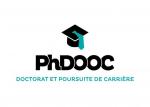 PhDOOC
PhDOOC 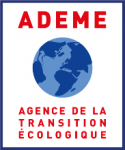 ADEME
ADEME  Ifremer
Ifremer  MabDesign
MabDesign  TotalEnergies
TotalEnergies  Institut Sup'biotech de Paris
Institut Sup'biotech de Paris  Aérocentre, Pôle d'excellence régional
Aérocentre, Pôle d'excellence régional  ANRT
ANRT  Nokia Bell Labs France
Nokia Bell Labs France  SUEZ
SUEZ  ASNR - Autorité de sûreté nucléaire et de radioprotection - Siège
ASNR - Autorité de sûreté nucléaire et de radioprotection - Siège
-
EmploiCDIRef. ABG129192Association Bernard Gregory (ABG)Paris (3ème) - Ile-de-France - France

Business Developer (F/H)
IndifférentNiveau d'expérience indifférent -
EmploiCDIRef. ABG128969Institut Polytechnique des Sciences Avancées - IPSAToulouse - Occitanie - France
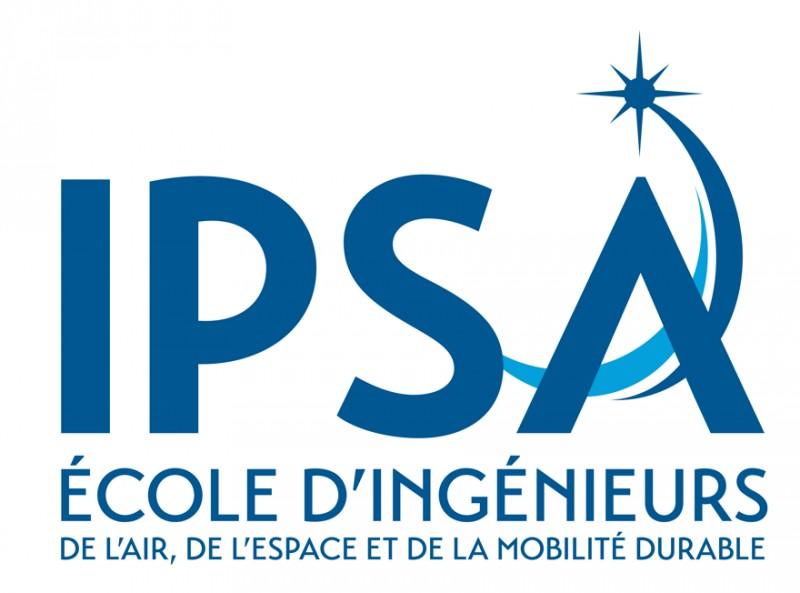
Enseignant-chercheur en Mécanique des fluides numérique
IndifférentNiveau d'expérience indifférent

